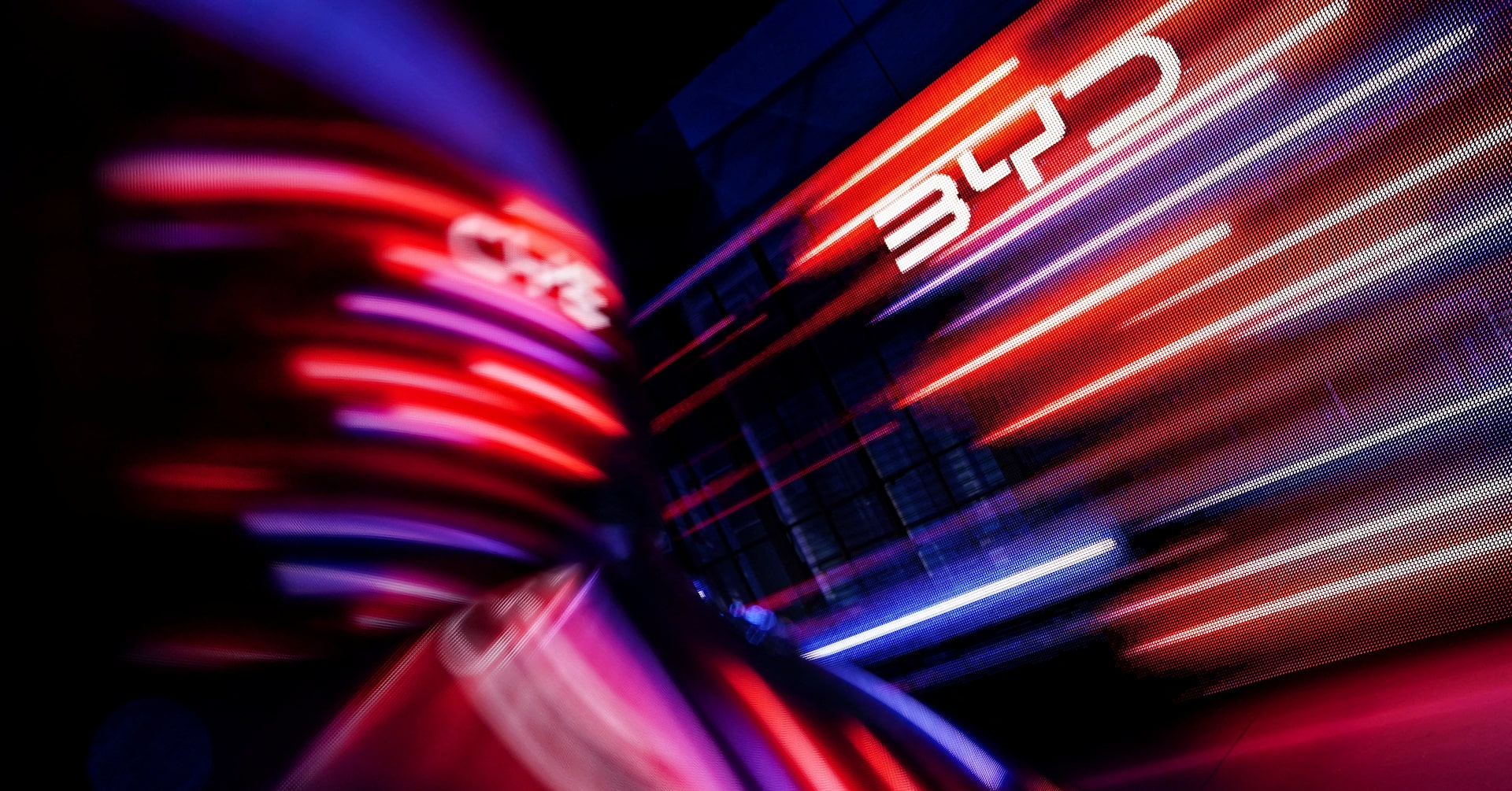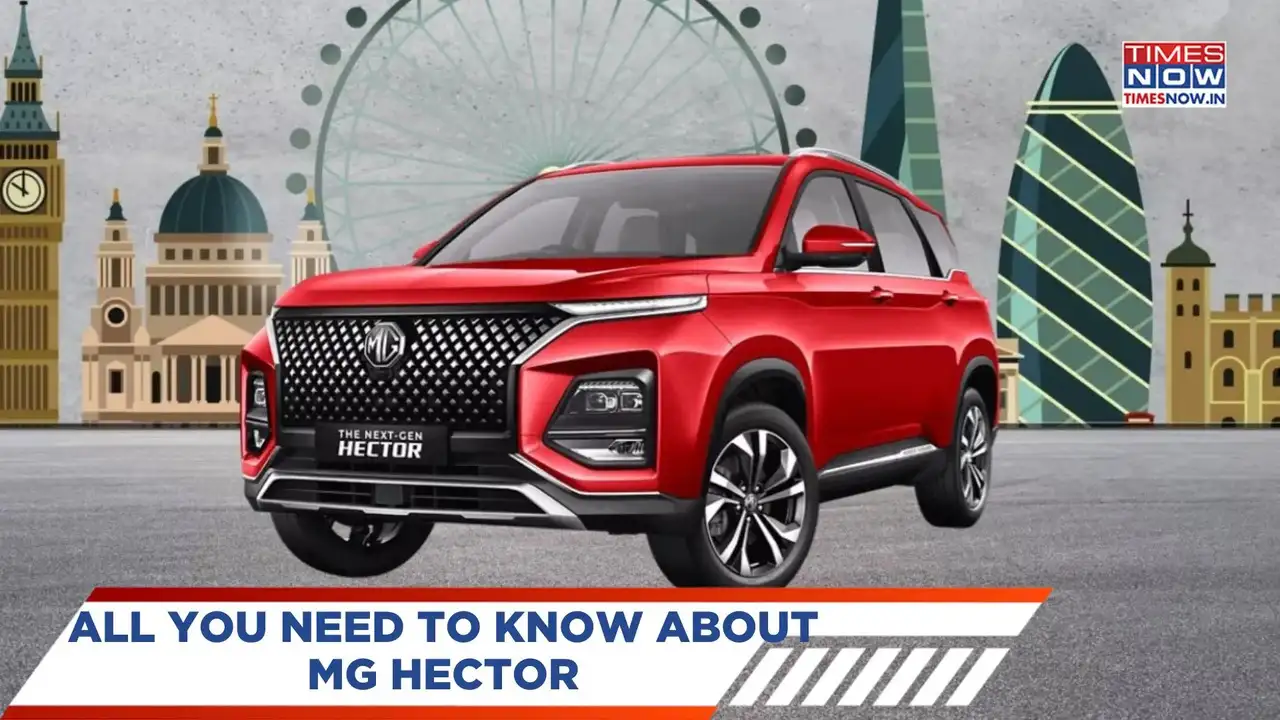Copyright Reuters

The company plans to debut its all-electric "kei" car - a class of pint-sized, affordable vehicles smaller than a two-door Mini Cooper - at the Japan Mobility Show that opens to the public on Friday. Sign up here. BYD has sold just 6,600 of its standard-sized electric vehicles since entering the Japanese auto market nearly three years ago, Atsuki Tofukuji, who heads the company's passenger car sales business in Japan, told Reuters in an interview. "In terms of our initial expectations, our sales in Japan are missing a zero," Tofukuji said. Foreign automakers had just a 6% share of the 3.7 million new passenger cars sold in Japan last year. But some Japanese government officials and industry insiders say BYD could pose a threat with an electric kei car, as consumers are particularly cost-conscious and there are few ultra-compact EVs. Electric cars are eligible for subsidies and tax breaks in Japan. IN JAPAN FOR THE LONG HAUL By designing a car specifically for the world's fourth-largest auto market, BYD appears to be in Japan for the long haul, and determined to win over the country's famously picky consumers. The effort comes as Chinese automakers scramble to boost their overseas sales in response to a brutal price war at home, taking market share from Japanese automakers in Southeast Asia. "Japan's auto industry is one of the country's core industries and is highly competitive," said Eisuke Mori, a lawmaker and head of ruling Liberal Democratic Party's parliamentary automobile caucus. "But when it comes to EVs, Chinese automakers have been on the rise globally, and we have a strong sense of crisis about that," he said in a written response to questions. Although BYD has yet to pose much of a challenge to Japanese car companies in the domestic market, the government was nevertheless paying close attention, Mori said. His comments were echoed in private by more than half a dozen government officials and auto industry insiders, all of whom declined to be identified because of the sensitivity of the topic. Some of those individuals were stark in their assessment of the potential challenges to Japan, with three saying BYD represented a much-needed wake-up call for Japanese automakers that have focused primarily on hybrid technology, while falling behind on EVs. DESIGNED FOR SHORT TRIPS AND MODEST BUDGETS The decision to sell a kei car came after some BYD company executives made a stop-over in Tokyo in 2023 and saw how prevalent the cars were, BYD's Tofukuji said. "They saw how many kei cars were on the roads and were struck by the sheer variety of body styles. I think that’s when they really got a sense of the Japanese market." Designed for short trips on narrow roads, kei cars are largely unavailable outside Japan and can be no more than 3.4 m (11 ft) long and 1.48 m wide with an engine no larger than 660 cc. The size also means lower taxes for drivers. Japan's most popular kei model is Honda's N-Box series, which starts at around $11,400. Around 200,000 of the cuboid, four-door, four-seaters were sold last year. Nissan offers a kei EV, the Sakura, that starts at around $17,000. Last year it sold around 23,000 of them, according to industry data. BYD believes there is big potential demand for EVs in Japan as more people move away from petrol cars and it aims to have a presence in all of Japan's 47 prefectures by the end of next year, Tofukuji said. He declined to disclose the expected price of the kei EV. SELLING IN JAPAN AS A STATUS SYMBOL "For Chinese automakers, being able to sell in Japan is a kind of status - a sign they've become a true car manufacturer," said Koji Endo, chief executive analyst at SBI Securities. Some of the government officials said they were concerned about the challenge from BYD. But they said Japan was unwilling to resort to protectionism, which would lead to action at the World Trade Organization and retaliatory measures in the Chinese auto market, the world's largest and an important one for Japanese carmakers. The EV subsidy scheme was rejigged last year to take into account factors like the number of charging stations built by the automaker. As a result, BYD customers now get a subsidy of 350,000 yen ($2,300), when previously they were eligible for as much as 850,000 yen. Making inroads in Japan will likely require BYD to compete on price, Endo said. "People buy kei cars because they’re cheap. So BYD will likely use very strategic pricing at first to gain market share." Reporting by Maki Shiraki, Yoshifumi Takemoto, Daniel Leussink, Tamiyuki Kihara, Kentaro Okasaka and Makiko Yamazaki; Writing by David Dolan; Editing by Jamie Freed Our Standards: The Thomson Reuters Trust Principles., opens new tab Daniel Leussink is a correspondent in Japan. Most recently, he has been covering Japan’s automotive industry, chronicling how some of the world's biggest automakers navigate a transition to electric vehicles and unprecedented supply chain disruptions. Since joining Reuters in 2018, Leussink has also covered Japan’s economy, the Tokyo 2020 Olympics, COVID-19 and the Bank of Japan’s ultra-easy monetary policy experiment.



